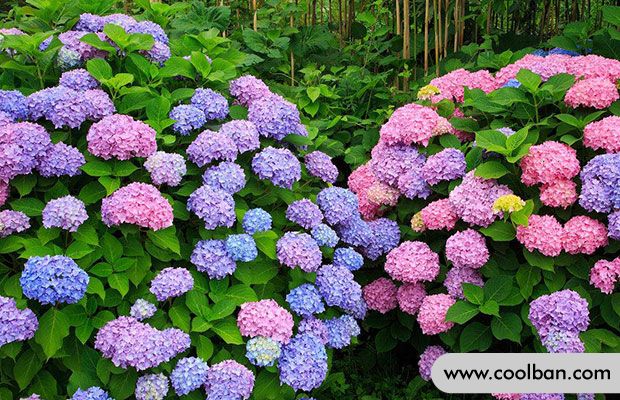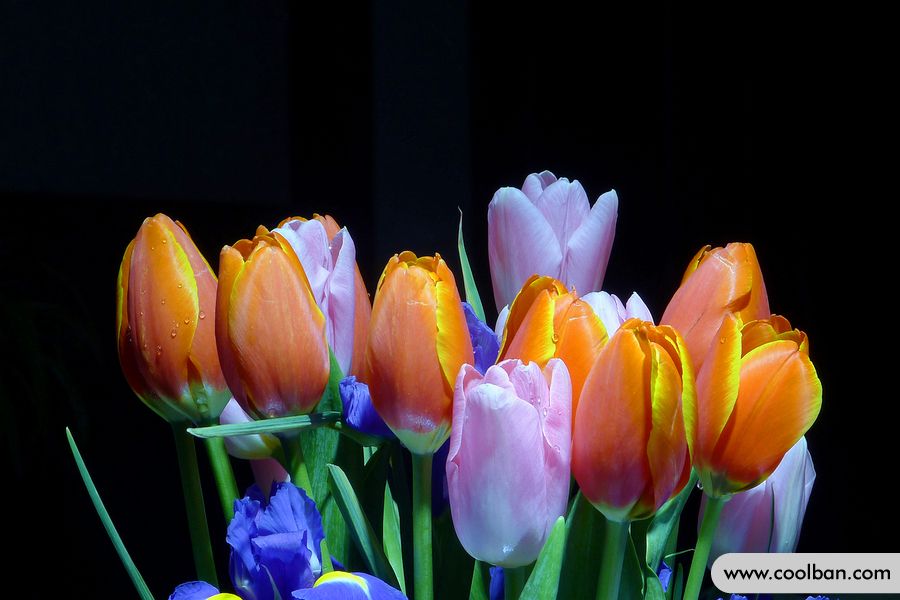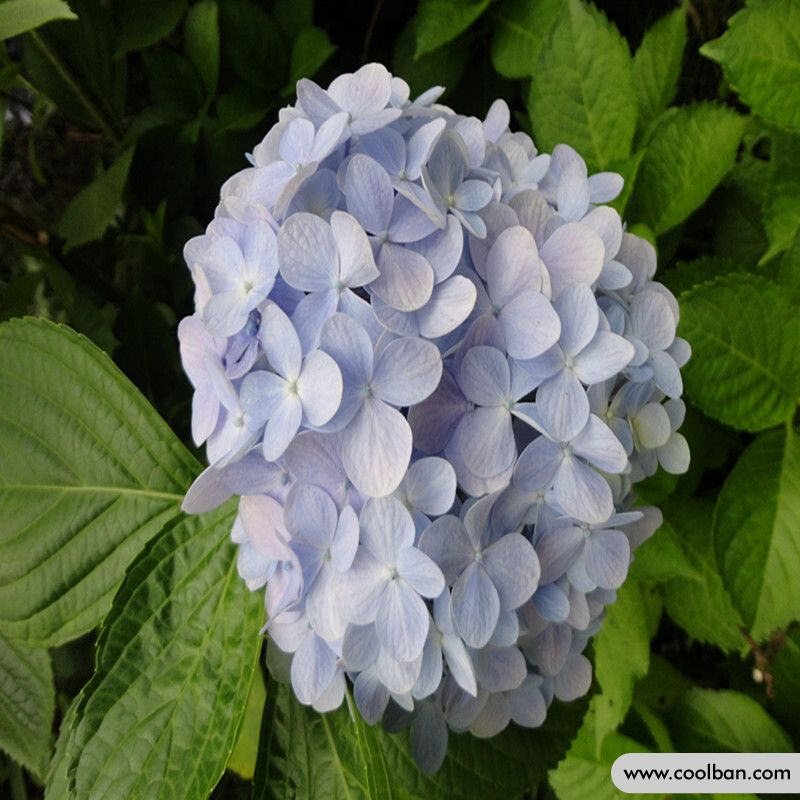8 Dangerous Houseplants
Many people like to put some flowers and plants at home to add some vitality and vitality. But friends who keep these plants at home must be careful. Many plants that are common in our daily life or are often domesticated may be poisonous. What are the specific plants, do you know? Today, the editor will sort out the "invisible killers" in those domestic plants

1. Hydrangea
Hydrangea is also called hydrangea. When the plant is in full bloom, the flower cluster is full and round, very delicate and lovely, like a big spherical marshmallow, but it is poisonous to a certain extent. If you have children at home, you need to pay special attention. If you accidentally eat the plant hydrangea, you will have abdominal cramps after a few hours, and may also have some symptoms of skin pain, vomiting or weakness. Seek immediate medical attention to prevent danger.
2, the plant of the tiger thorn plum
There are many sharp thorns on the domestic tiger thorn plum, which can hurt the skin if you are not careful. The thorn plum branches secrete a white poisonous sap, which is poisonous. Because the juice contains toxic substances such as alkaloids and toxic proteins, if it accidentally touches the skin, it will cause redness, swelling and itching. In severe cases, you need to go to the hospital for medical treatment. Note that it is best not to keep the elderly, children, and pregnant women at home. If you have tiger thorn plums at home, it is best to keep them outdoors, refrigerators, cabinets, balconies, and not in aisles where you often walk.
3. Mimosa plant

Mimosa is loved by the public for its cute shape. After being stimulated by external forces, it will have a stress response of shrinking its leaves, like a shy girl. However, the whole plant is poisonous, and if ingested accidentally, it may cause hair loss, abdominal pain and other symptoms.
4. Daffodils
Daffodil is an herb of the Amaryllidaceae genus Narcissus with a fragrant and fresh smell. It is also known as Chinese Narcissus, so it has gradually become a domestic plant in China. However, it is beautiful in appearance, but it contains toxins, especially the bulbs, which have a lot of toxicity. If you accidentally eat them, you may experience nausea, abdominal pain and other symptoms.
5. Plant ivy
Ivy is a climbing plant of the Araliaceae family. They are found on the exterior walls of many houses. Some flower lovers will cultivate them at home to create the feeling of a natural jungle. But note that its seeds, leaves and fruits are toxic. Be careful not to let children or pets eat such plants by mistake, otherwise it will cause abdominal pain, nausea and other symptoms, and severe breathing difficulties may be caused.
6. The tulip of plants

Tulips are very beautiful. However, the flowers are poisonous. People and animals will feel dizzy and have poisoning symptoms if they stay in the tulip flowers for 2-3 hours. Too much exposure to tulips can even cause a person's hair to fall out gradually. When planting tulips at home, pay attention to keeping indoor ventilation, and it is best to choose to plant tulips on the balcony or by the windowsill.
7. Plant oleander
Oleander is one of the most poisonous plants, and in small amounts it may have heart effects. On the other hand, a small amount of oleander can be extracted as a cardiotonic agent, but it cannot be taken at will, because there are many cases of oleander causing death. If you have children at home, try not to grow such plants.
8. Poplar hydrangea

Hydrangeas are also called hydrangea. The whole plant is toxic, and eating the stems and leaves of hydrangea by mistake can cause abdominal pain, diarrhea, vomiting, shortness of breath, and blood in the stool. The toxicity of microparticles emitted by hydrangea is easy to cause allergies, and skin allergies or pruritus may occur. Therefore, hydrangeas should not be placed in bedrooms and places with no ventilation.
